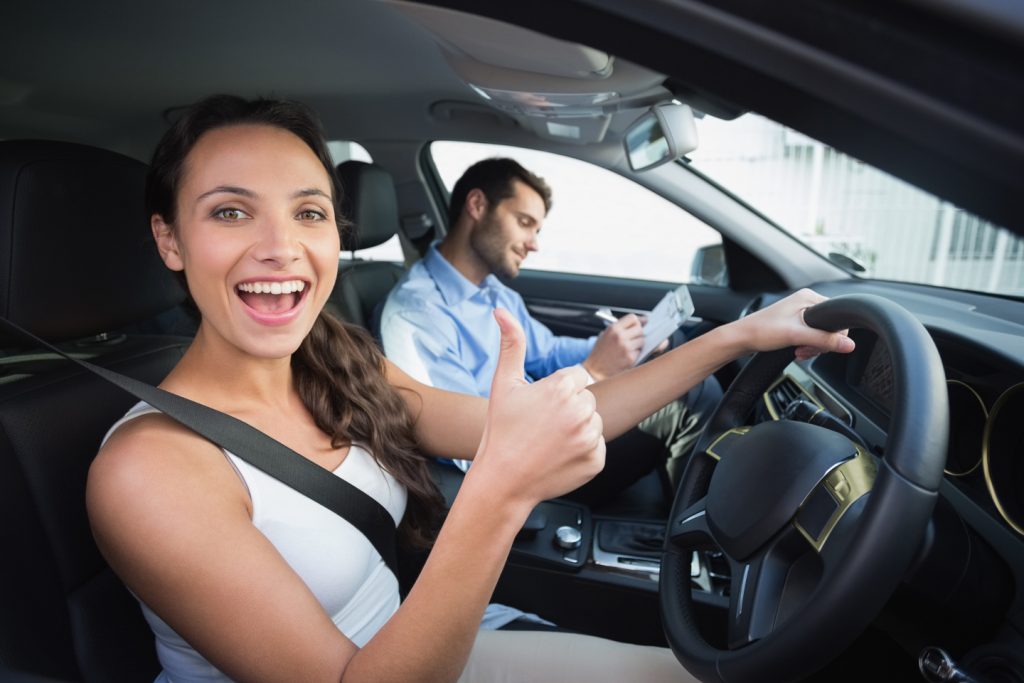To get your driving license in the United Kingdom, you must pass two tests apart from fulfilling other requirements. These include a practical test and a theory test. The DVSA or Driver and Vehicle Standards Agency requires that you first pass the theory test, and once you have cleared it, you can take the practical test. It might be a good idea to take Driving Lessons Richmond if you want to pass these tests. However, you can try it on your own as well. Let us look at what you can expect from these tests.
The Theory Test
Assuming you have a provisional license, your first step in gaining a driving license in the United Kingdom is to pass the theory test. The theory test has two sections: the hazard perception test and an MCQ section.
The MCQ Section
The multiple choice question section is a fifty-seven-minute test that checks your knowledge of highway codes, driving theory, and road safety. There are fifty questions in the test, each with four options, and you have to select the correct one. Each question carries one mark, and you need forty-three marks to pass the test. You can take lessons from driving schools for the theory test or prepare it yourself by studying content provided free by the DVSA. The content also includes mock tests, which you can practise to ensure you pass. It is best to practise as much as possible before you appear in the test. If you fail the test, you must redeposit the fee and start again.
The Hazard Perception Test
This test checks your perception of road safety and hazards. This test aims to help you understand potential threats when you’re on the road. You can only take the hazard perception test when you have cleared the MCQ test. The test comprises several one-minute videos which show different driving situations. You have to watch each video and identify the developing hazard in each, i.e., threatening situations that demand a response from the driver. You use the touchscreen or a mouse to identify a developing hazard whenever you spot a developing hazard. The accuracy of identifying the incident decides your score. Identifying each hazard at the right time earns you five points. There might be more than one developing hazard in a single video, so you must be careful. Remember, if you click too late or too early or keep clicking unnecessarily, you don’t score any points. The total score of the hazard perception test is 75, and you need at least 44 to pass the test. Mock tests and other free preparation content from DVSA can help you increase your chances of passing the test. Taking lessons from an experienced driving instructor might be more helpful. Whether it is a Driving Instructor in Rotherham or elsewhere in the UK, they can help you prepare for the test and increase your chances of passing it.
The Practical Driving Test
Once you pass the theory test, you can take the practical driving test. You will be provided a test date by the DVSA, and you must appear on that date.
- The driving test begins with a detailed eyesight check. An examiner appointed by the DVSA will inspect your eyesight by asking you to read a number plate. If you read it correctly, you’ll be eligible to appear in the test.
- The examiner will then ask you two car safety questions, which can be related to basic engine safety checks, such as checking the level of oil and lubricants.
- The examiner will ask you to perform special manoeuvres such as Parallel and reverse parallel parking, forward parking/reversing into a parking bay, and several others.
- The practical test attempts to assess every driving task a driver has to perform, including using the brakes, gear, clutch, etc.
- The examiner will observe how you respond to sudden hazards by asking you to perform emergency stops.
- Your use of indicators and signalling will be inspected thoroughly.
- Your navigation skills will be inspected by asking you to follow GPRS instructions or road signage.
- The examiner will carefully examine your usage of rearview and side view mirrors.
In short, every driving skill will be carefully observed and inspected by the DVSA examiner. After the test is complete, the examiner will inform you if you’ve passed or failed the test. Failure will require retaking the test, while success will get you your driving license.

